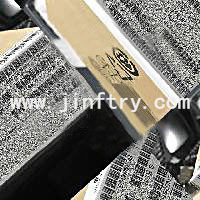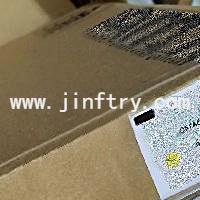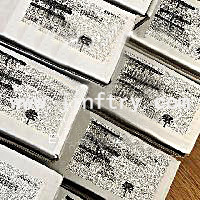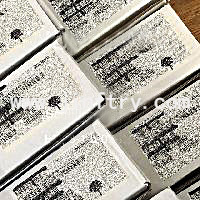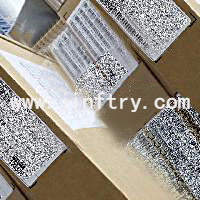Strain Gauges

Strain Gauges are usually composed of sensitive grating, base, cover and lead wire. The sensitive grating is the core part and is generally made of metal foil or filament material. Its geometry and material selection directly affect the sensitivity and stability of the strain gauge. To improve measurement accuracy, strain gauges are often used in conjunction with Wheatstone bridge circuits to accurately measure the strain by comparing changes in known and unknown resistance. It is mainly used to detect and record the strain change of the object during the stress process. Its working principle is based on converting small deformation into measurable electrical signals, so as to achieve real-time monitoring of the strain state of the object. This conversion process usually relies on sensitive elements inside the strain gauge, such as resistance strain gauges or optical fibers, which are able to respond to changes in strain and produce a corresponding electrical output.
Jinftry is a leading global distributor of electronic components, selling many types of sensors, including temperature sensors, pressure sensors, humidity sensors, optical sensors, proximity sensors, magnetic sensors, position sensors, and more. Jinftry is your best supplier choice, with its low price advantage, rich supply chain resources, can provide you with original new materials, excess materials, outdated materials, EOL materials and hard to find materials. And ensure stable supply, quick response, good service. Jinftry looks forward to working with you.
Product Quantity: 425
Strain Gauges: Strain Gauges play an important role in many fields. In structural engineering, it is widely used in the stress analysis of Bridges, buildings and mechanical structures to help engineers understand the deformation of structures under load, thus ensuring the safety and reliability of the design. In materials science research, strain gauges are used to measure the strain-stress relationship of materials in the process of stress, which provides important data for the evaluation of material properties. Strain gauges are also widely used in the fields of medicine and biomechanics. For example, they can be embedded in human prosthetics or orthotics to monitor the range of motion and strength of the limbs and assist in rehabilitation training. In sports science, strain gauges analyze the contraction and relaxation of an athlete's muscles to optimize training regimens and improve athletic performance.

